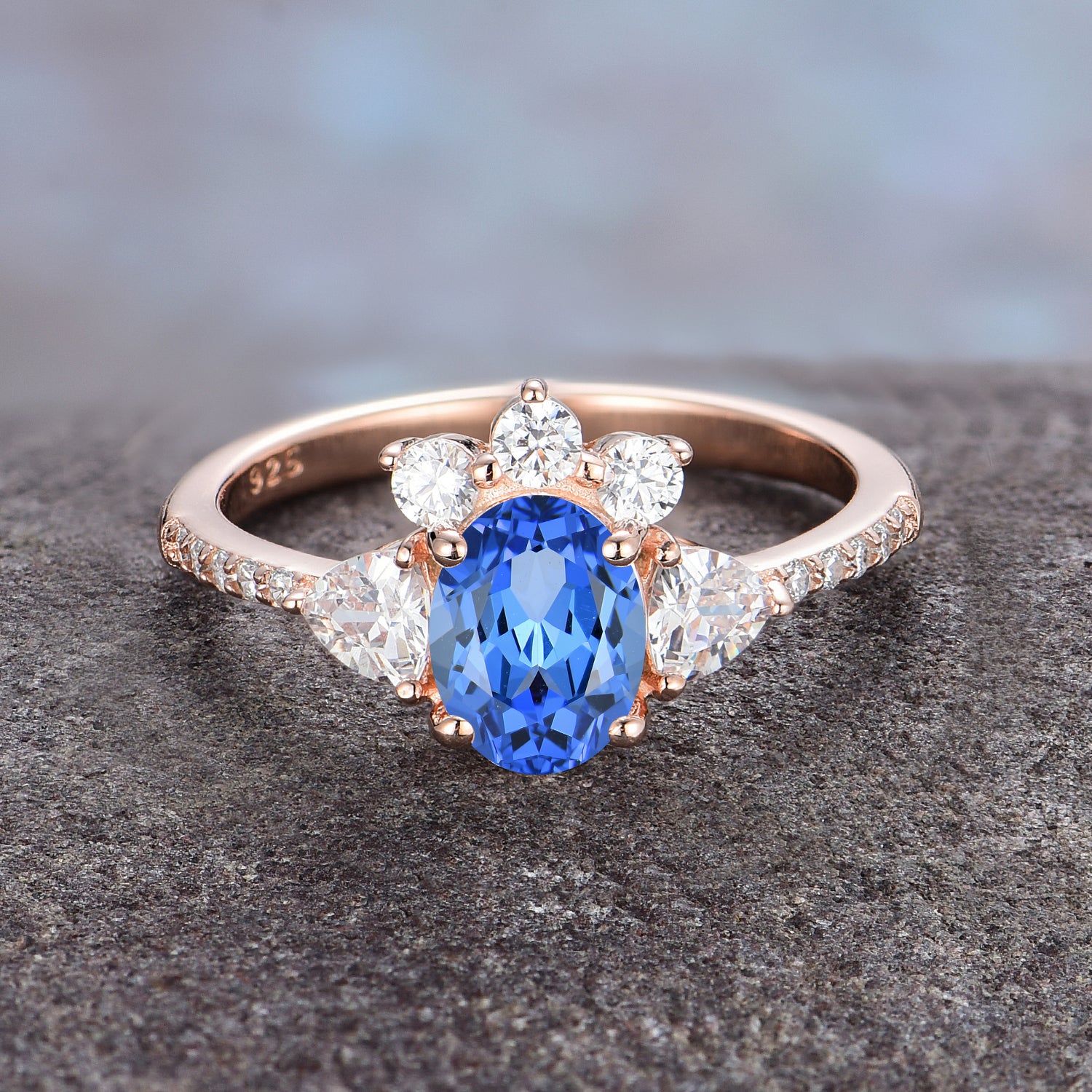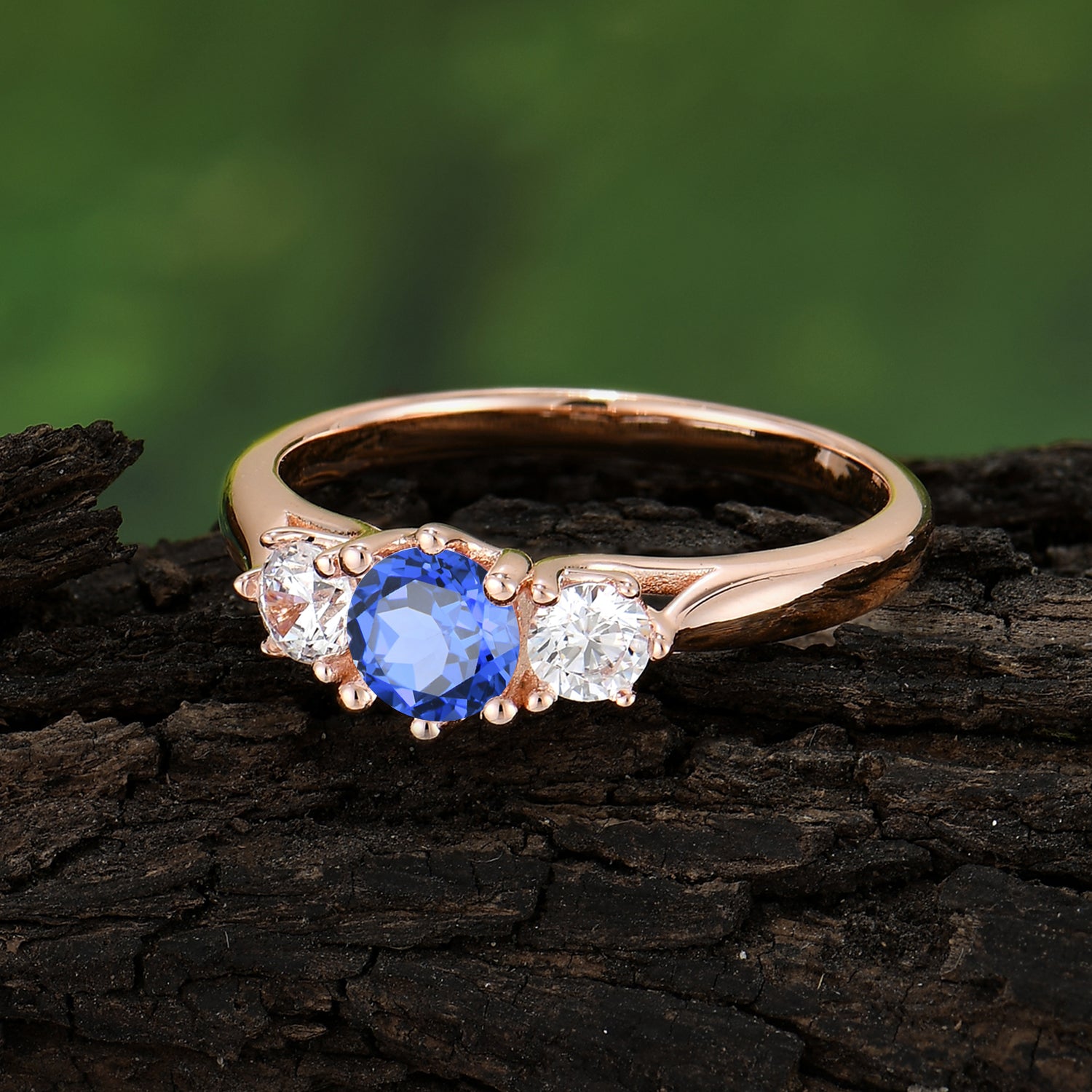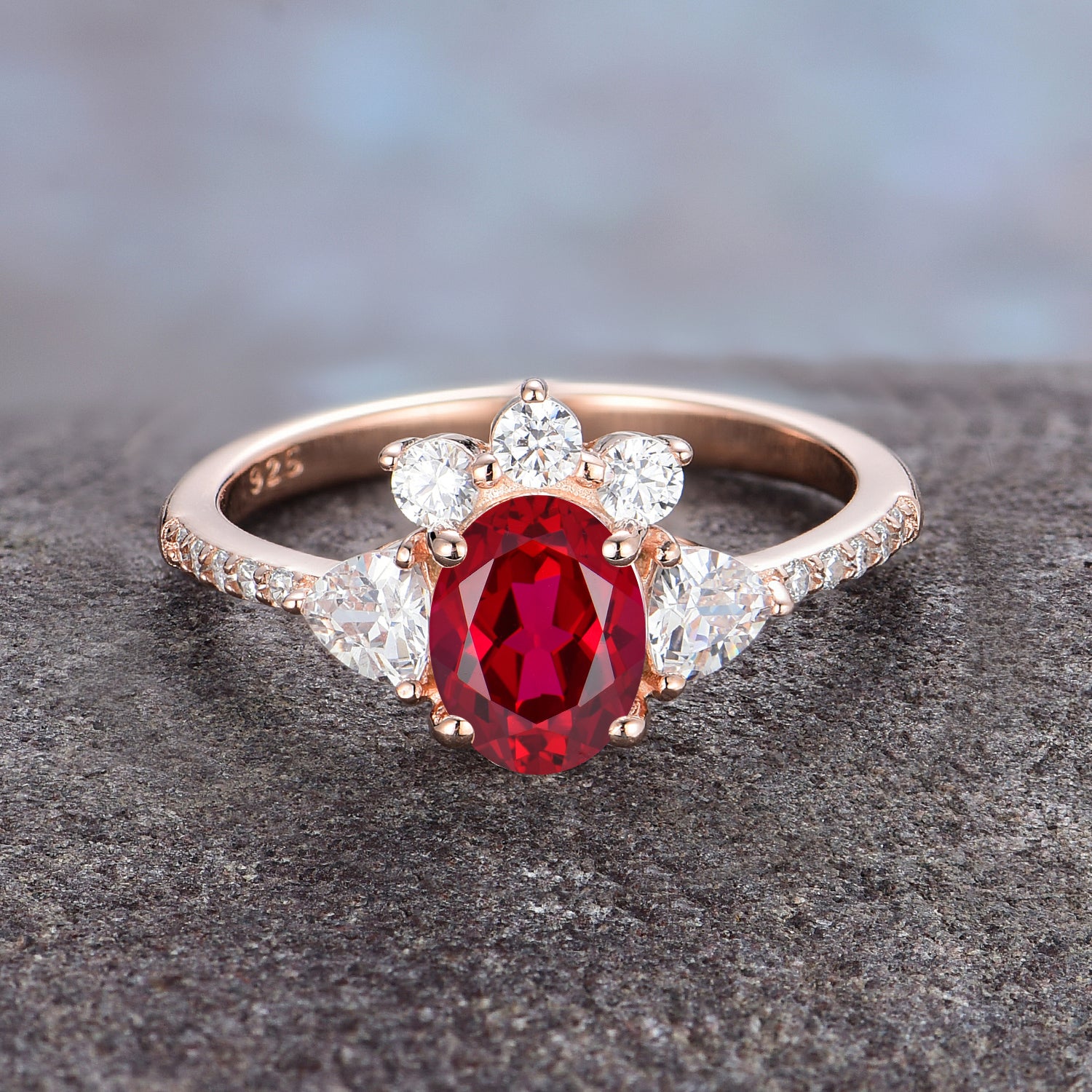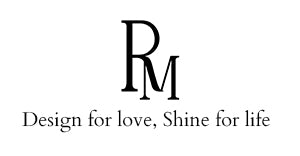4-Prong vs. 6-Prong Rings: How to Choose the Perfect Setting for Your Gemstone
Here’s a comprehensive answer to your questions about prong settings in rings, covering what a prong ring is, whether 4 or 6 prongs are better, which is the most secure, and when to choose each based on style, stone size, cut, and security.

What Is a Prong Ring?
A prong ring is a type of ring where a gemstone is secured by small metal projections called prongs. These prongs, typically made from the same metal as the ring (such as gold, platinum, or silver), are bent over the edges of the stone to hold it in place. This setting elevates the gemstone, making it the centerpiece of the design, and allows light to enter from multiple angles, enhancing its brilliance and sparkle. Prong settings are widely used in engagement rings and other fine jewelry for their elegance and ability to showcase the stone.
Is It Better to Have a 4 or 6-Prong Ring?
Whether a 4-prong or 6-prong ring is "better" depends on your priorities, as each has distinct advantages:
-
4-Prong Setting:
- Pros: Allows more light into the stone, boosting its sparkle and making it appear larger. Offers a sleek, modern look with fewer prongs obstructing the view.
- Cons: Less secure than 6 prongs due to fewer points of contact with the stone.
-
6-Prong Setting:
- Pros: Holds the stone more securely with additional prongs, reducing the risk of it loosening or falling out. Provides a classic, traditional aesthetic.
- Cons: Covers slightly more of the stone’s surface, which may reduce visible brilliance compared to 4 prongs.
In essence, 4 prongs prioritize brilliance and a contemporary style, while 6 prongs emphasize security and a timeless look. The best choice hinges on your stone’s characteristics and personal preferences.

What Is the Most Secure Prong Setting Ring?
The 6-prong setting is widely regarded as the most secure. With six points of contact, it grips the stone more firmly than a 4-prong setting, minimizing the chance of the gem shifting or being lost. This extra stability makes it ideal for daily wear (like engagement rings) or for valuable, larger, or softer stones that need robust protection. While a well-made 4-prong setting can still be secure, the additional prongs in a 6-prong design provide superior peace of mind.
When to Choose a 6-Prong Setting Ring?
A 6-prong setting is the right choice in these scenarios, based on style, stone size, cut, and security:
- Style: You love a traditional or vintage vibe. Six prongs are often featured in classic designs, lending a timeless, heirloom-quality charm.
- Stone Size: The stone is larger, such as over 1 carat. Bigger gems benefit from the extra support of six prongs to stay secure.
- Stone Cut: The stone is round or oval. Six prongs can be evenly spaced around these shapes, complementing their natural curves and ensuring a balanced hold.
- Security: You prioritize maximum safety. Whether you’re active or simply want to protect a precious stone, six prongs offer greater stability.
Example: A 2-carat round diamond in a 6-prong setting combines robust security with a sophisticated, classic appeal.
When to Choose a 4-Prong Setting Ring?
Opt for a 4-prong setting ring when these factors align with your vision, based on style, stone size, and cut:
- Style: You prefer a modern, minimalist look. Four prongs create a clean, understated frame that highlights the stone without extra embellishment.
- Stone Size: The stone is smaller, such as under 1 carat. Smaller gems don’t need as much support, and four prongs secure them effectively.
- Stone Cut: The stone is square or rectangular, like a princess or emerald cut. Four prongs placed at the corners accentuate the stone’s sharp lines and geometric beauty.
Example: A 0.5-carat princess-cut diamond in a 4-prong setting showcases its crisp edges and delivers a fresh, contemporary style.

Final Thoughts
Choosing between a 4-prong and 6-prong ring involves weighing brilliance, security, and style. A 6-prong setting excels for larger, round, or oval stones, offering unmatched security and a classic feel. A 4-prong setting shines with smaller, square, or rectangular stones, maximizing light and embracing a modern aesthetic. Both can be durable and stunning when crafted well, so consider your stone’s size and shape, your lifestyle, and your taste to find the perfect fit. Your ring should feel like a reflection of you—choose what resonates most!


